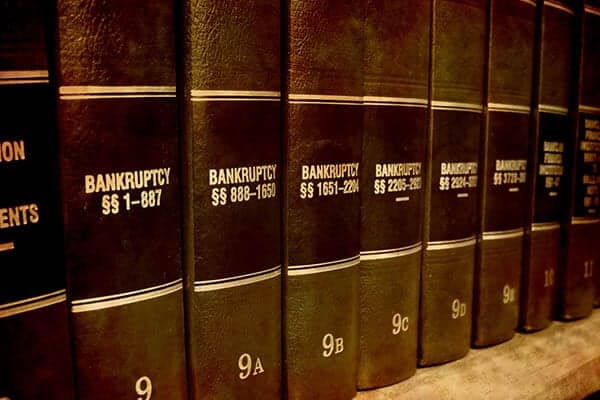Chapter 7 bankruptcy, often known as liquidation bankruptcy, enables debtors to discharge various unsecured debts. If you have tried credit counseling and are still having trouble making your payments, your finances appear out of control, or you are receiving frequent calls from creditors, filing for Chapter 7 bankruptcy may be your last option for getting your finances back on track.
What Is the Process for Chapter 7 Bankruptcy?
You must first fill out the necessary paperwork and submit it to the bankruptcy court, together with your income, expenses, assets, debts, and tax returns. A trustee is chosen by the court to manage your case.
As part of the procedure, you are required to attend a brief creditor meeting where you will be asked certain questions concerning your case. Additionally, you must finish a second credit counseling course. Once this is completed, it can take a little more than two months before you hear from the court that your request for debt discharge has been accepted.
The trustee may ultimately decide to take possession of some of your nonexempt property. The decision will appear on your credit report for the subsequent ten years.
Who Should Think About Filing?
You can only declare bankruptcy once every eight years, so you should carefully consider your options. Only if one or more of these prerequisites apply to your situation may you consider filing.
- You owe a lot of money to your creditors, and they could seize a sizable amount of your assets or income.
- You owe a lot of money to your creditors, but your home has about $125,000 in equity. In most states, this is the most you may preserve using the homestead exception.
- You were driving without insurance when you got into a car accident, which led to the loss of your driver’s license, which you now require.
Which debts are erased under Chapter 7 and which are not?
While Chapter 7 bankruptcy allows you to discharge some debts, you are still responsible for other payments.
Erasable/Dischargeable | Non-Erasable/Non- Dischargeable |
Credit cards | Child support payments |
Personal loans and lines of credit | Alimony payments |
Auto loans | Student loans |
Medical bills | Tax-related debts and government fines |
Utility bills |
|
Previous judgments from debt collection and credit card companies |
What Happens When Secured Assets Reaffirm Debt?
You must reaffirm the debt if you want to keep a secured asset, such a car or a pricey piece of furniture. If you have a high interest debt or owe more than the item is worth, this might not be the wisest course of action. Make sure to speak with a bankruptcy attorney first if you intend to reaffirm a debt with a lender.
Do You Want to File Right Away?
If one or more of these situations apply to your situation, you could think about filing for Chapter 7 bankruptcy.
- You owe at least $10,000 in dischargeable debt.
- Your credit rating is under 600.
- You are more in debt because you are unable to pay your daily costs.
- There aren’t many nonexempt assets you own that the trustee can sell to pay off your debt.
- You fear that creditors or a collection agency may sue you
- You worry about wage recoupment
- You don’t think you’ll be able to pay off your current debt in the next five years.
- You can pass the Chapter 7 means test since your income is lower than the state’s median income.
Conclusion
Consider speaking with a lawyer who specializes in this area if you’re still not sure if filing for Chapter 7 bankruptcy would be a good idea for you. If you choose to proceed, your lawyer can help you with all the paperwork and, if necessary, represent you in court.

